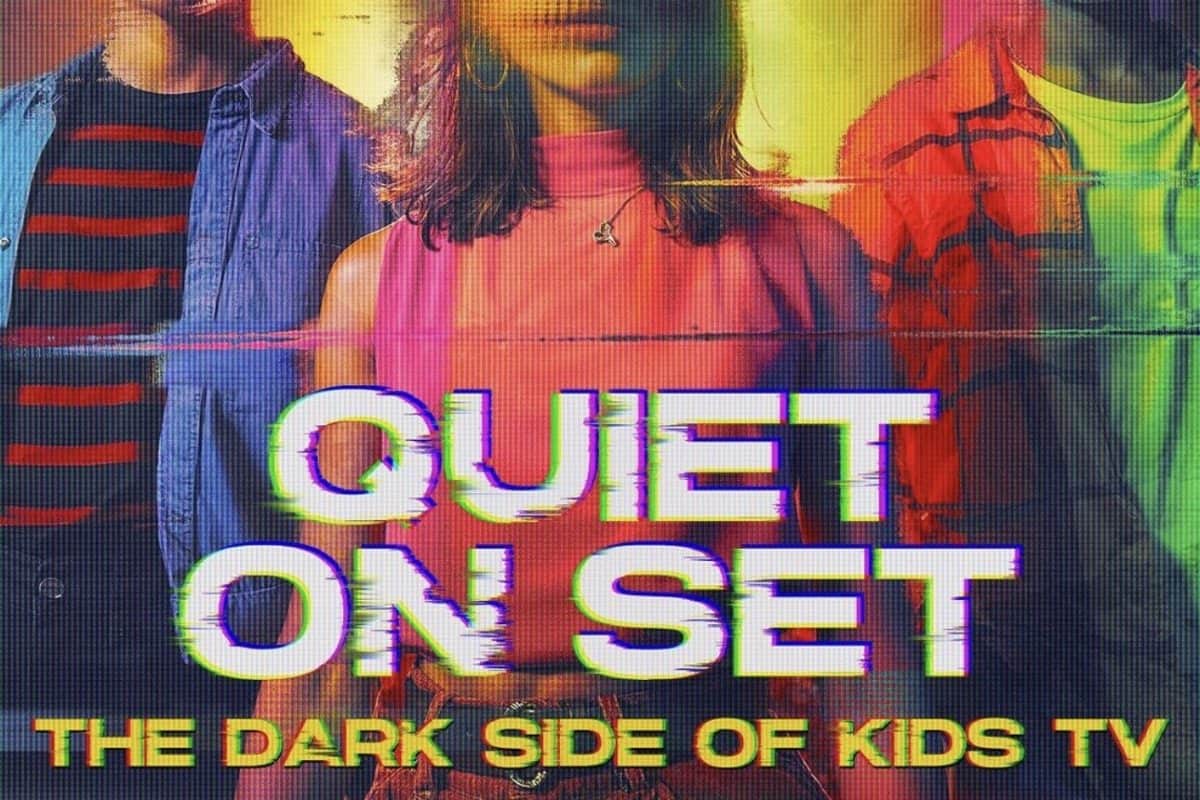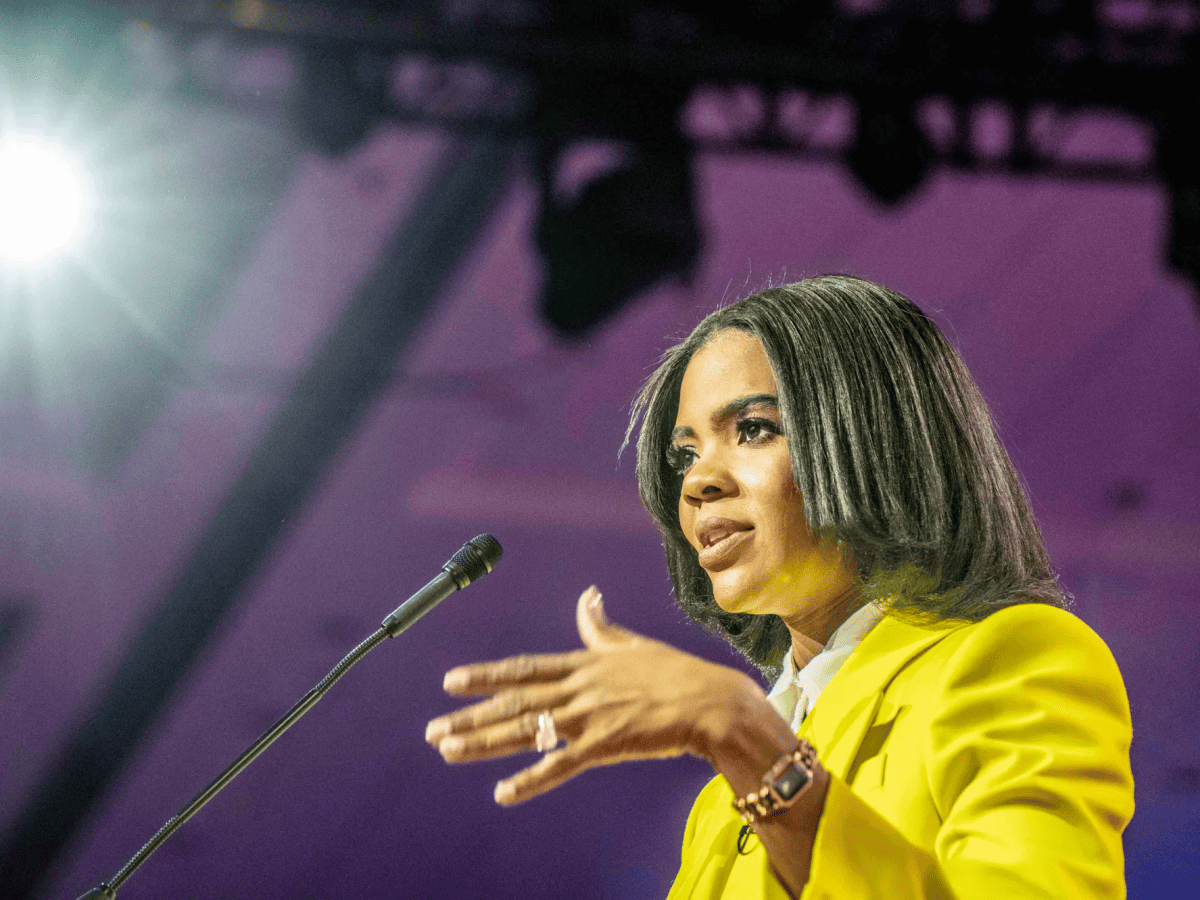Last week, I joined the hordes going to theaters all across the country to see “Catching Fire.” While I recognize that the movie is essentially well-budgeted popcorn entertainment, I am glad that it has received so much fanfare because the heroine of the movie is a refreshing departure from what I have come to expect from female characters in the media. With so many modern films failing the simple Bechdel Test (wherein a movie must have at least two female characters who have a conversation about something other than men), it’s nice to have a series as popular as Twilight with radically different female representation.
This matters because most widely viewed portrayals of women in film are extremely problematic. Women are either frail, emotionally weak creatures whose motives lie in pleasing men or conforming to social expectations, or they are “strong female characters” who essentially behave exactly like poorly written men do and solve all problems with violence. This influences the way that people perceive women, and if you don’t believe that, I challenge you to dig into your assumptions and look at the research.
The development of mental health and body image issues in women has been linked to the sexualization of female characters, which starts at an alarmingly young age and doesn’t let up until women are post-menopausal, at which point their roles are unfairly limited. While age and ability apparently mitigate a woman’s sexual desirability and therefore her relevance, sexual orientation interferes with a woman’s sexual availability, and thus we similarly see very little representation of LGBTQ women because Hollywood has little use for a woman who cannot be a romantic interest for the male lead.
The value of a woman is consistently linked to her beauty, and if a woman is not beautiful, she cannot compensate for that in the same way that a man can (by being funny, intelligent, crafty). Beauty is represented in an increasingly narrow and problematic way in that “beautiful” always means thin and white (or light-skinned) and having Caucasian features (like straight, sleek hair).
Women of color, if represented at all, are rarely represented in a diverse array of roles. Typically, you see women of color in movies that make their race the cornerstone of their character, rather than a single aspect of their identity. Due to whitewashing in Hollywood (where if a role can be played by a white person, the casting calls often specify that only white actors need audition), it is difficult for non-white actresses to escape racial stereotyping in roles. Additionally, women of color are more likely to be sexualized in the media than white women, and while a white man can have a relationship with a woman of color, men of color typically cannot have relationships with white women.
“The Hunger Games” has been a fun ride so far, but we cannot expect one film (or a handful of exceptions to the rules I have mentioned) to undo decades of harmful stereotyping. I want depictions of women that are fair, diverse and do not treat the value of a woman as pertaining exclusively to her beauty, and I believe we should start demanding such depictions.
Marina Robers is a senior majoring in accounting. Her column runs biweekly on Mondays.






